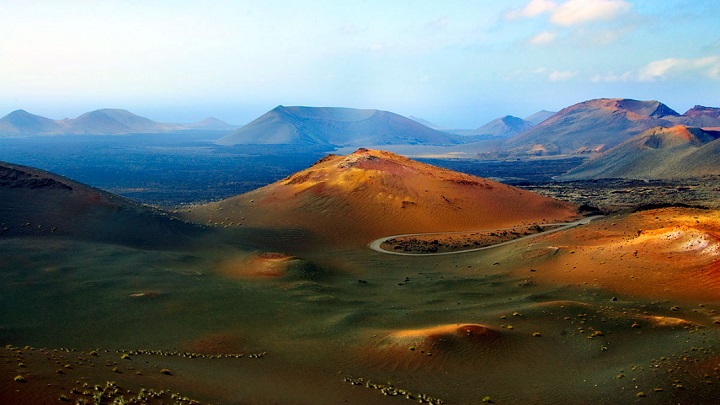
Did you know that half of the surface of the Canary Islands is environmentally protected? In fact, natural spaces are among the most precious assets of the archipelago. The best of all is that there is so much variety of places that it is impossible to find an adjective that defines them all: sand dunes, volcanoes, forests, natural pools … Therefore, it is not surprising that it is considered one of the most valuable ecosystems of the world. What’s more, it is home to four National Parks and seven Biosphere Reserves.
You will be able to enjoy the natural spaces of the Canary Islands in many ways: practicing sports, on its trails, through organized excursions, from its viewpoints … The important thing is that you have the possibility to enjoy them. Above all, we recommend you visit its four National Parks , which show the beauty and ecological variety of the Canary Islands. Today at Vuela Viajes we offer you information about each of them. Would you like to join us?
Caldera de Taburiente National Park
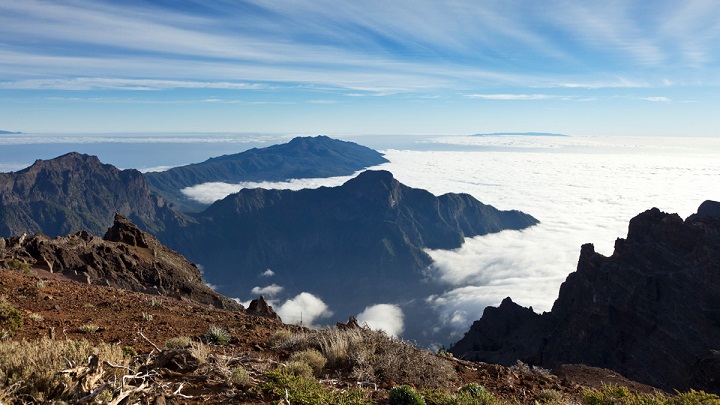
First of all, we want to talk about the Caldera de Taburiente National Park, created in 1954. This crevice of eight kilometers in diameter and a kilometer and a half deep is located in the center of La Palma, being the greatest tourist attraction of the so-called “ Beautiful island". Declared a World Biosphere Reserve in 2002, together with the entire island, the park is the product of large landslides caused by multiple volcanic eruptions produced over the centuries. Here you will discover streams and waterfalls, and impressive landscapes, as well as a great diversity of animal and plant species, some of which are endemic. Of course, it is an excellent idea for you to take an excursion to see the night sky from this wonderful park.
Garajonay National Park
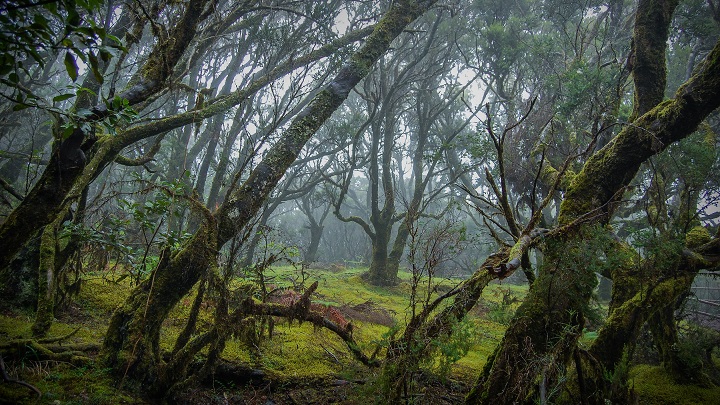
In La Gomera is the Garajonay National Park, created in 1981 and declared a World Heritage Site by UNESCO in 1986. In addition, it is also a Biosphere Reserve, together with the entire island, since 2012. Without a doubt, the main attraction of the park is found in its Canarian laurel forests, a species that is found in very few places on the planet. Beyond its flora and fauna, this beautiful natural setting is also striking that it is almost always shrouded in mists. On the other hand, we want to comment that entering the Garajonay National Park is simple, since it has multiple accesses. In addition, the roads that cross it are well prepared.
Timanfaya National Park
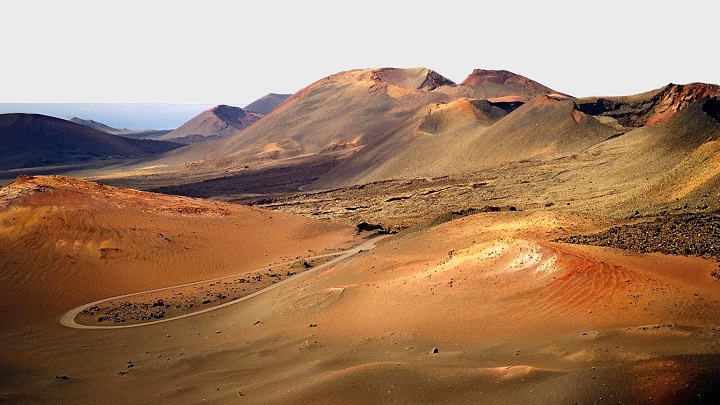
The only National Park of the Spanish Network of National Parks that is eminently geological is the Timanfaya National Park, created in 1974 and declared a Biosphere Reserve in 1993. The volcanic eruptions that took place in the 18th and 19th centuries gave rise to geomorphological structures of high interest. The absence of vegetation and the variety of its colors are surprising, as well as the silhouette of the volcanoes and their coastline. Although the range of activities available is extensive, you can only access certain areas.
Teide National Park
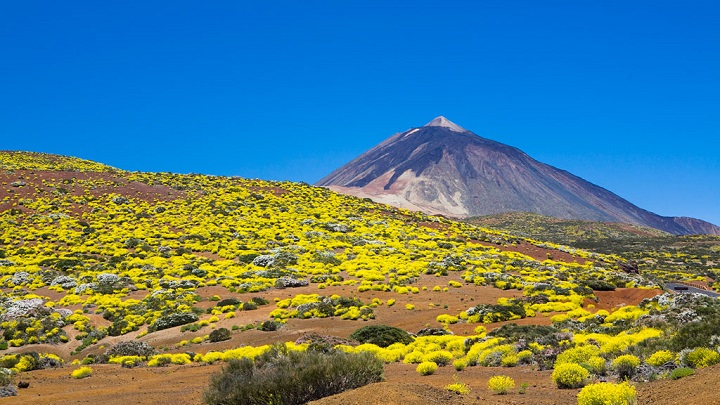
Finally, we want to talk about the Teide National Park, which is located in Tenerife. It was created in 1954, although it was not until 2007 that it was declared a World Heritage Site by UNESCO. It is the most visited National Park in Spain and houses the Teide Observatory. Of course, the highlight of this place is the Teide volcano, which is the highest elevation in the country. In fact, with its 3,718 meters of altitude, it is considered the third largest volcano on the planet. Its lava flows and volcanic cones with whimsical shapes and harmonious colors make it one of the most impressive shows in the world. In addition, you should know that it is home to an extraordinary biodiversity.
Recommended article: National Parks of Spain
